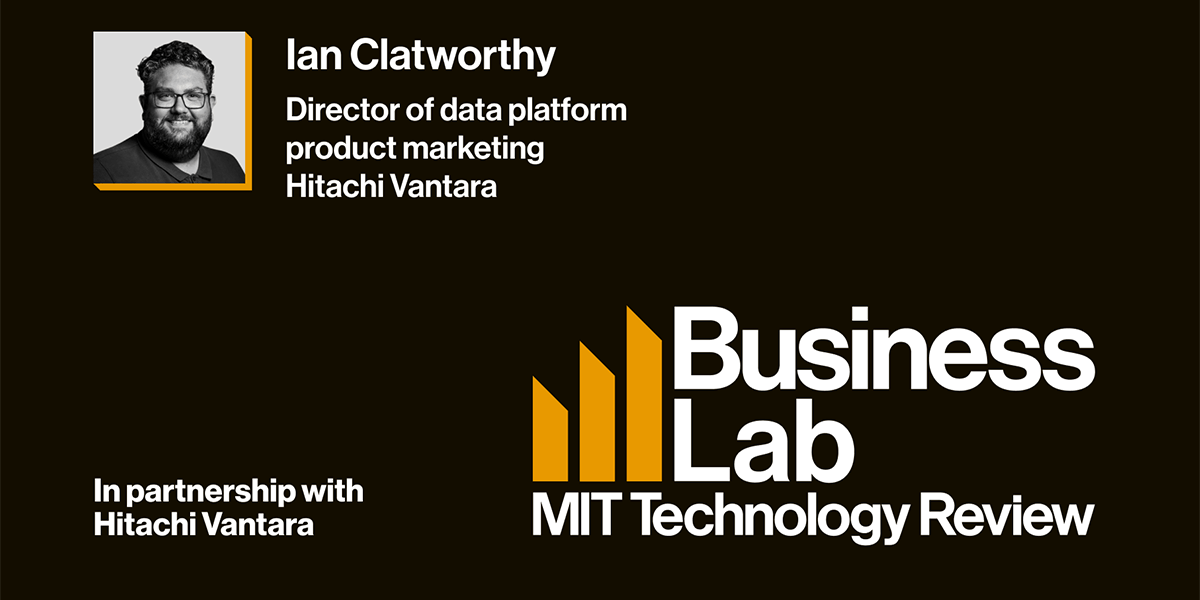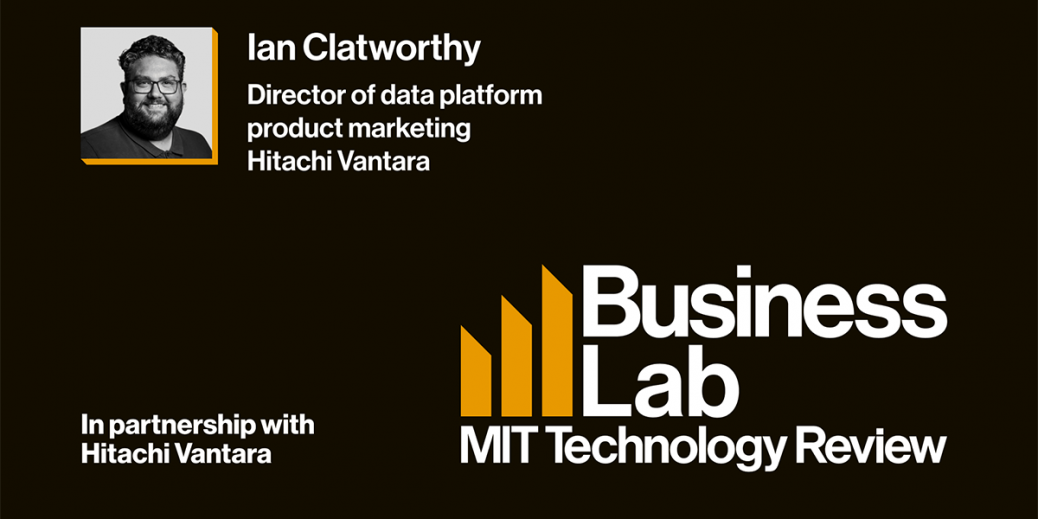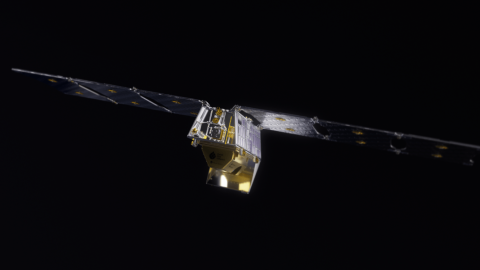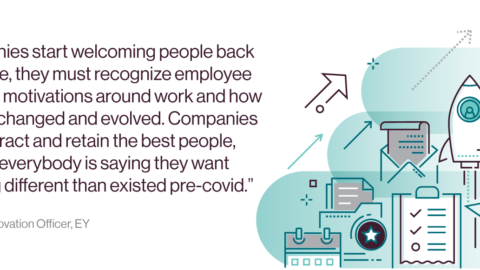
That’s purely the efficiencies of running the box. Absolutely, it needs to happen. But the challenge coming in, and this is where regulations are going to force our hand in some ways, is that they’re going to say, well, you have to have a carbon reduction throughout the supply chain. And from suppliers, like us as Hitachi Vantara, we have to declare what’s the carbon footprint of my product? And a great example of that is we’ve shifted. We do manufacture absolutely in Japan, but again, how do we shift software development, are we doing it closer to the API? Are we doing it closer to the box? Is it efficient? All those things really matter. So these methods and technologies are evolving to meet these challenges. But I think what the enterprises need to do is really open their mind as to what data they’re storing, how they’re storing it, but also where their suppliers are providing it, where they’re storing their data. Data locality matters, but at the end of the day, you’ve got to understand that data, so important.
Laurel: That’s really interesting that the tech industry, well, through data centers are contributing more to greenhouse emissions than the airline industry, which that’s astonishing. So how should leaders integrate decarbonization goals into their budgets and agendas? I mean, you mentioned a bit about data locality, but are there proactive steps they can start thinking about?
Ian: Absolutely. This is also quite overwhelming, and I speak to customers a lot on this. They’re like, where do I start? This isn’t a competitive thing. And we see this a little bit in our industry as like, oh, well, who is more greener than who? It doesn’t matter. We’re doing this as a collective. You’ve got to start somewhere. So making a step, be that as small as it is, is a massive thing, and it shouldn’t be underestimated. When we look at integrating the carbonization goals into budgets, the agenda is crucial. Start where you can actually have some impact. Don’t try and bite off more than you can chew as the saying says. Set some targets. Say, “Well, look, I’m just going to understand what my CO2 footprint is.” First of all, “what am I consuming day-to-day? How much renewable energy sources am I using?” And set some targets around that based upon where you can get to.
Allocate some resources to it. Allow that from financials, human resources, sustainability projects and initiatives across your organizations. This isn’t just IT. Invest in energy efficient technologies. Go and ask your vendors to help you. As I say, it’s not a competitive thing, come and ask people like us and say, “Well, what would you recommend? Where would I start? What’s a good thing?” We’re not here to cram things in your face, we’re here to help you make those steps. And to your point around the airline industry, there are so many stats that are just eye watering that really kind of change thinking. And one that really brings to mind for me is a six second social media video uses the same amount of power as you would use to boil 22 gallons of water, a six second video.
And think about it, that’s because I’m powering the phone, I’m powering the cell mass, I’m powering the data centers, I’m replicating the data centers, presenting that back out. That’s exactly what we’re doing. So this idea of… just start somewhere. Before we get to regulation, and that will happen. That’s a given. But have regular reviews, look at what you’re doing, take a step, understand what you’re doing today, and make it a part of your agenda, of your business’s agenda. Because you know what? I say this isn’t competitive, but reality is, you need to be competitively sustainable to exist in your industry. Customers will choose someone different. That’s why this is really important.
Laurel: To sort of put this into a real stake, how does a company like Hitachi Vantara measure its own consumption of power and emissions? And what’s the company’s approach to reducing its own carbon footprint?
Ian: It’s constantly evolving. It is absolutely. The first thing is constant audits. We have a team dedicated to looking at sustainability and to be key here, Hitachi Vantara is a wholly-owned subsidiary of Hitachi Limited. And Hitachi Limited, our executives are entirely incentivized on our green capabilities. That’s absolutely key. This idea of executives making bonuses because they’ve sold stuff, no. Hitachi executives are bonused if we meet our green goals. So there’s a complete mindshift in us as a company. So that changes everything. The first thing is when we say we want to do energy audits and we’re looking at emissions inventories and data center monitoring, this is key to who we are as a company, and that’s really important. We’ve made a massive shift change as a company, but we’re not talking about that. For customers listening to this podcast, what’s their approach and how can they make that change?
Where we’ve seen value is, look at efficiency improvements, energy efficiency improvements. Now, we’re very biased. We have our own power generation company, which not many people do, but it means that I can go, hey, where’s the best renewable energy at the minute from the grid to be able to supply us in Hitachi Vantara? Equally, we can offset that with carbon offsetting that we’re doing with Hitachi power grids, for example, where they’re investing in green technology and projects that reduce or capture emissions. There’s a lot of thought process, carbon offsetting is a very sensitive subject because a lot of the time it’s, hey, we’re going to plant a tree for everything. It’s outsourced to a third world country and there’s corruption, there’s issues, and those things never happen. There’s issues around that. But again, it’s finding the actions that you are taking, engaging your employees, and getting them involved.





Recent Comments